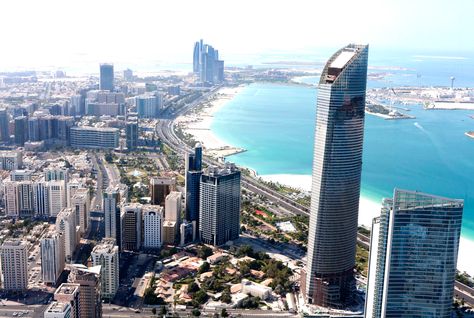Abu Dhabi and Dubai's hotels saw a drop in RevPAR in January 2016, according to a recent EY benchmark report.
Hospitality markets across MENA witnessed a drop in performance for 2015 when compared to the previous year, according to EY MENA head of transaction real estate Yousef Wahbah.
Dubai revenues fell 9.3% in January 2016 when compared with the same month a year ago.
Abu Dhabi's emerging market, with 151 properties at present, witnessed a drop of 15% year-on-year, over the same period.
"Hotels in Abu Dhabi and Dubai noticed a drop in KPI's due to several factors such as additional room supply, general macro-economic conditions coupled with the drop in the Euro making it more expensive for travellers from Europe and reduced visitation from Russia due to the significant devaluation of their local currency to the lowest level ever," said EY in its latest Middle East hotel benchmark survey.

| Advertisement |
Wahbah said that the hospitality markets across MENA witnessed a less than ideal performance in 2015 when compared to previous year.
Dubai and Abu Dhabi maintained the highest occupancy rates in the region in 2015 at 80%, followed closely by Ras Al Khaimah at 75%.
"Although new international chains have entered the market, we believe that Dubai is still a robust market for the hospitality industry, and the performances will be on par with the previous year," said Abu Dhabi-based Twenty14 Holdings managing director Adeeb Ahamed.
"DTCM for their part has aimed at attract 20 million visitors to Dubai by 2020, and the hospitality industry is on good track to creating accommodation for the tourists", said Ahamed.









 Search our database of more than 2,700 industry companies
Search our database of more than 2,700 industry companies









